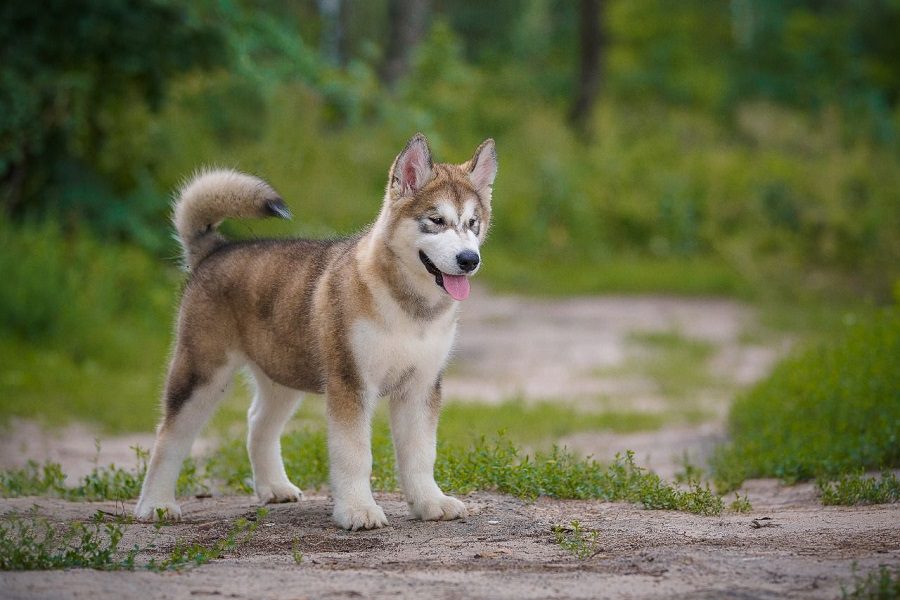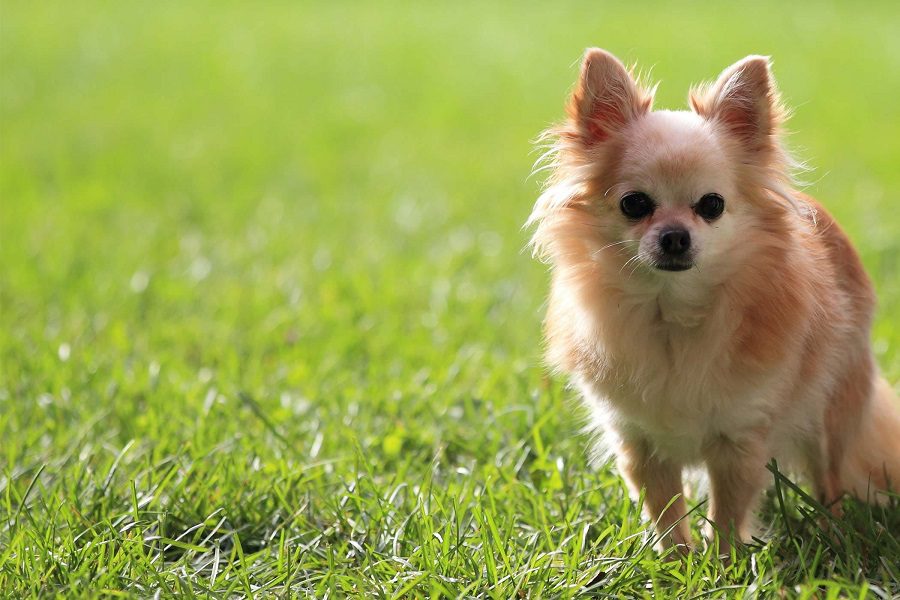Last Updated: 2 years ago
The Patterdale Terrier is a feisty little dynamo that looks like a Labrador, hunts like a Bloodhound, and acts like a Pug.
Despite being a terrier, it has a lovable and laid-back air about it that makes it a perfect companion dog. Looking to get a Patterdale home? Here’s our complete breed guide that will help you know what it takes to be a parent to one.
Physical Characteristics
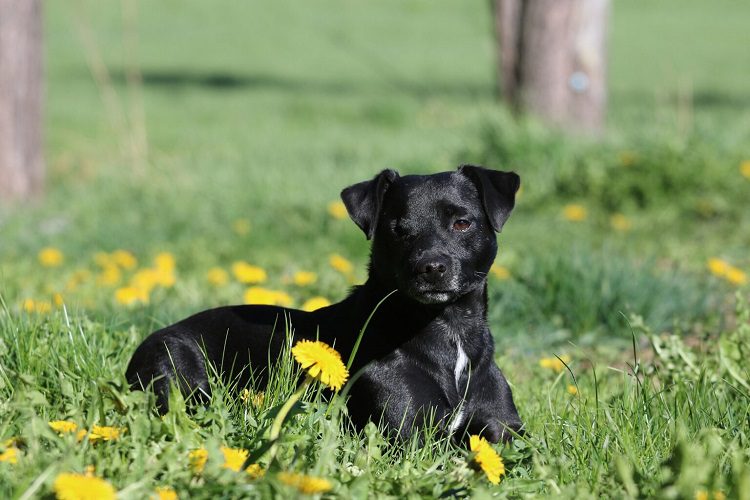
The Patterdale Terrier is a pocket-sized dog that rarely grows beyond 25 cm at the withers. But don’t let the small size fool you.
They have all the ‘terrier’ traits, including a strong wedge-shaped head, a broad muzzle, perfectly designed jaws, stubbed tails, and a compact but muscular body.
They were originally bred to hunt foxes, and this gives them the uncanny ability to wiggle their way into the tiniest of crevices.
They have either smooth, rough, or broken coats and are frequently seen in shiny black.
Although the UKC accepts colors including grizzle, red, bronze, and liver,
Being a double-coated dog, they shed hair, and if dog hair in your house makes you uncomfortable, then a Patterdale Terrier may not be the best of choices for you.
With an in-born hunting instinct, Patterdales are not the ideal choice for apartments either. They love being outdoors, and they need to let out some steam.
Personality and Temperament
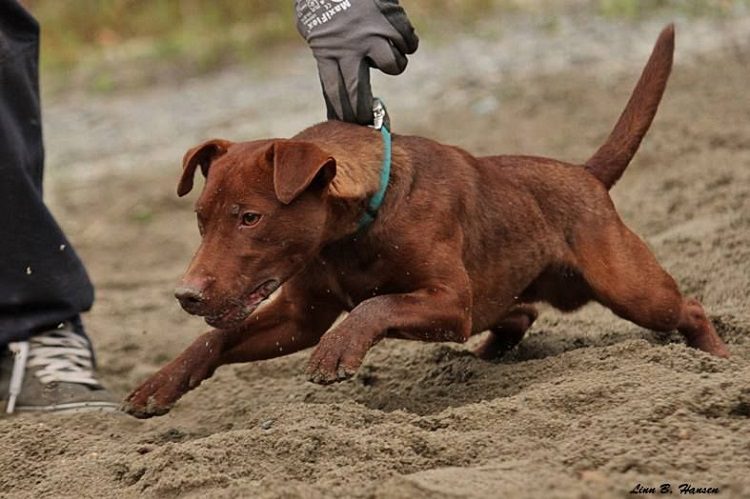
The Patterdale Terrier is a confident working dog with a vibrant personality and a tenacious attitude. If they are tracking a quarry, then they will probably not rest until they get their hands on it.
They can dig, and they can compress their chests and lungs to crawl on the ground.
That combination translates into holes in the garden, under the fence, and sometimes even through your carpet.
Despite their tiny size, they have a surprisingly loud bark. This, along with their natural prey instinct, makes them good watchdogs.
All said and done, they are extremely people-friendly and will bond with you in no time.
They love to cuddle up to you and snuggle into your lap. They thrive on attention and will keep you entertained with their antics.
Common Health Issues
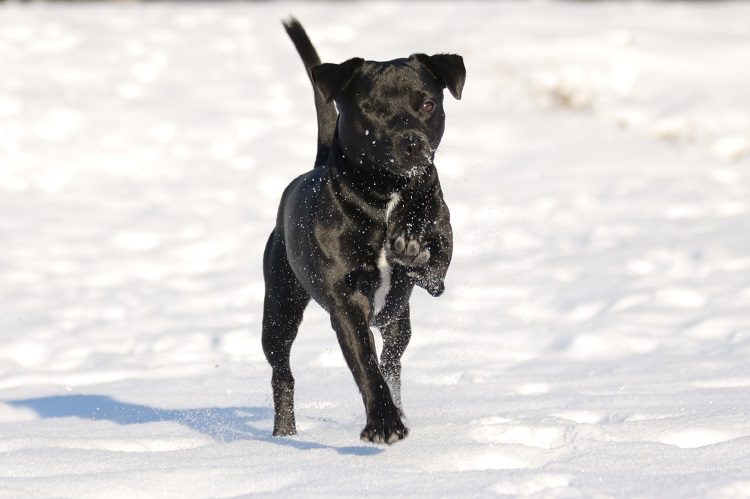
The Patterdale Terrier has a well-balanced health profile and is not associated with any major genetic health conditions.
However, they can be prone to cuts, bruises, and scrapes that’s typical with hunting or working dogs.
Blame it on their perpetual quest for invaders in the garden. Some minor eye issues, like conjunctivitis, are also common in these dogs.
Basic Care Instructions
If you have decided to get a Patterdale Terrier home, then here are some of the basic things you’d need to know about living with it.
Apartment vs. Countryside
As we mentioned earlier, the Patterdale Terrier is more suited for a countryside home due to the availability of space to move about.
But if they get enough exercise and mental stimulation, then they can also get adjusted to apartments easily.
Inside the apartment, they tend to be laid back, unlike the yappy terriers that you are normally used to.
Two walks a day (one longer than usual) and some playtime in the backyard usually suffice to keep them happy.
They are working dogs, so keeping them occupied and playing games with them when possible helps to a great extent.
Grooming
Patterdale Terriers usually require very little grooming. But, since they have a dense undercoat with coarse hair, they are prone to shedding.
So, apart from the weekly grooming session to remove dead hair, you may need to groom if they are shedding too much.
It is also recommended to hand-strip them at least once a year. They are rarely prone to skin problems.
But if they come back home with a wound, ensure that it is treated immediately and they don’t irritate the wound again by trying to nose around.
Puppies
Patterdale Terrier puppies are live wires. They will keep you on your toes constantly with their antics and have a tendency to get themselves into trouble, especially inside the house.
So, they will need constant supervision. Also, due to their natural hunting and prey instincts, puppies need a lot of socialization early in their lives.
Training
They are intelligent dogs, and they love to please their owners, making them trainable easily, provided you start at the right age.
Their independent and headstrong nature does tend to pop out occasionally.
But be firm and use positive reinforcement when necessary. Apart from obedience, Patterdale Terriers are also trained for canine sports and hunting.
With other pets
If your Patterdale Terrier is introduced to the other pets in the house as a puppy, then they will have no problem getting along with them.
But if you have smaller pets, like cats, for example, then you may have to supervise playtime for the risk of it getting too boisterous.
Feeding
Patterdale Terriers are not fussy eaters. Give them good-quality dog food for active dogs that meets their daily nutritional requirements, and they will not have any health issues.
The ideal feeding schedule is twice a day. However, ensure that they get plenty of exercise to avoid becoming obese.
For puppies, you should follow the feeding schedule given to you by the breeder.
If you have adopted a puppy, then speak to your vet to understand the right feeding schedule for the puppy.
Life Expectancy
The average life expectancy of these dogs is between 11 and 15 years, if well cared for.
The Final Word
Getting a Patterdale Terrier is unlike bringing any other breed of dog home. It requires a fair amount of dedication, patience, and some prior experience with terriers.
They are extremely friendly but strong-willed. So you will need to be firm when the situation demands it.
They are difficult to housebreak, but in the right hands, they can be trained for almost anything.
They are confident and outgoing and seem to have an endless supply of puppy adrenaline until they reach the age of 12.
So you have to be prepared to give them the time and attention they deserve.
With the right care and parenting, they become lovely companions, and you will be amazed at how well they adapt to your home and surroundings.
Resources:

